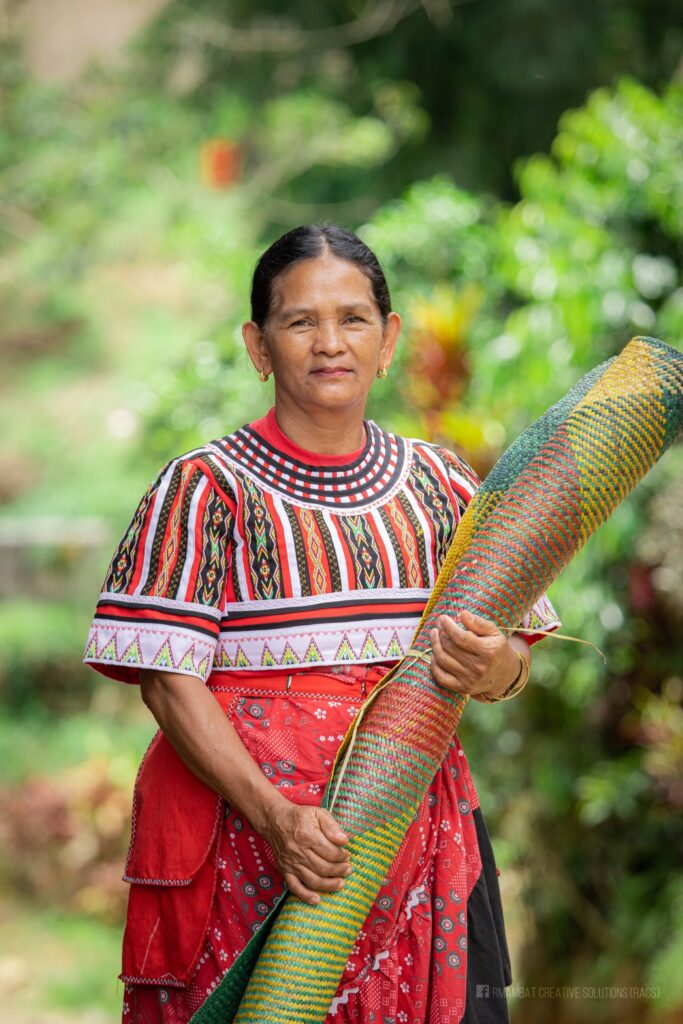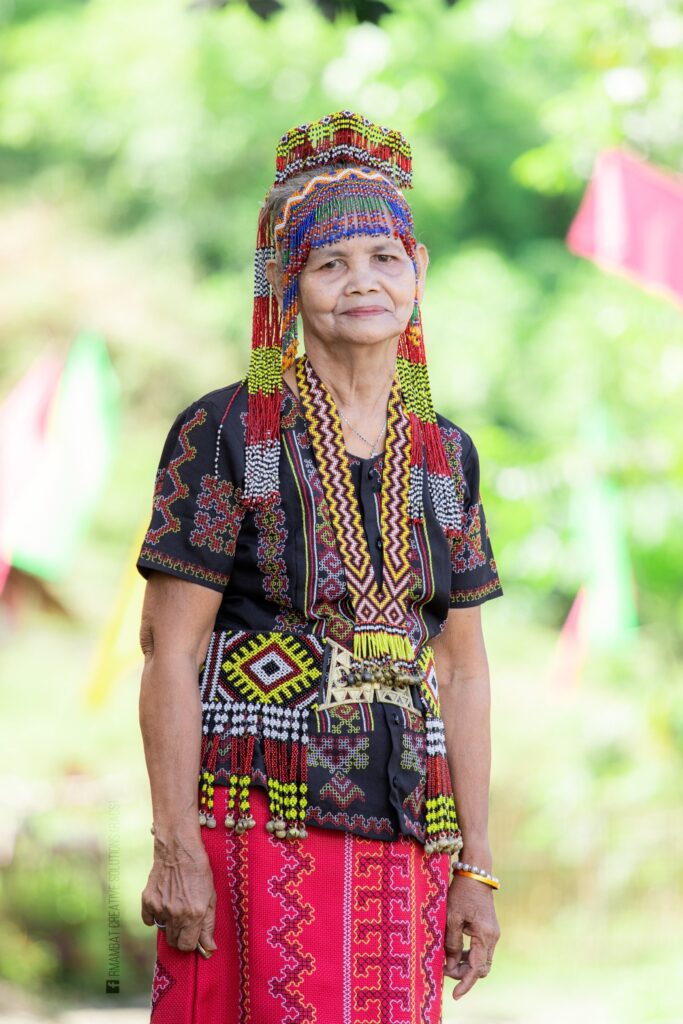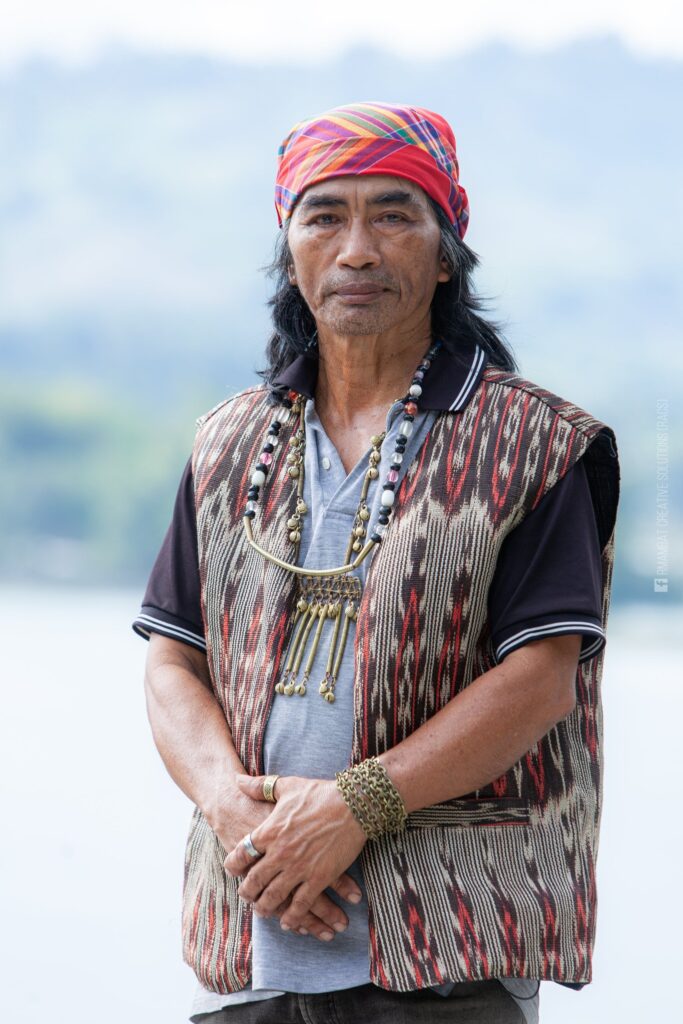In mid-December 2023, nine practitioners of indigenous and folk traditions from different ethnic groups of the Philippines were revealed as recipients of the prestigious Gawad sa Manlilikha ng Bayan or the National Living Treasures award.
The Gawad sa Manlilikha ng Bayan or Orden ng Manlilikha ng Bayan (Order of National Living Treasures) is the state’s highest honor for traditional and folk artists, artisans and cultural practitioners. It is a counterpart of the Order of National Artists, which was established in 1972 and honors exemplary artists in modern artforms.
So far, 16 practitioners have been awarded since the Gawad sa Manlilikha ng Bayan was institutionalized in 1993. With nine to be added to the cultural pantheon, this cycle has the most number of honorees in the history of the awards.
Like the National Artist award, the process of selecting National Living Treasures is rigorous entailing research and deliberations. It starts with an open call for nominations, a recent development as before there was a search committee scouring for exceptional practitioners. After screening nominations, research and documentation are conducted on the nominees and their practices, a process that can take several years, and the selected researchers prepare outputs. The nominations undergo two levels of reviews and evaluations by panels of experts and a last deliberation by the Board of Commissioners of the National Commission for Culture and the Arts, which administers the award. The NCCA then submits its endorsements to the President of the Philippines, requesting them to issue a declaration. Awardees are feted in a conferment ceremony and also celebrations in their respective communities.
The current cycle started with a call for nominations in 2020, after the conferment of Blaan textile weaver Yabing Masalon Dulo, Blaan mat weaver Estelita Bantilan and Yakan textile weaver Ambalang Ausalin in 2018. The Covid-19 pandemic, which reached the Philippines in February 2020 and with the ensuing lockdowns and restrictions that became one of the longest and harshest in the world, disrupted the process, posing challenges, especially in meeting nomination requirements.



Results came in by 2023, and Proclamation No. 427 was signed on 15 December, declaring the new Manlilkhas ng Bayan — Adelina Romualdo Bagca, Ilocano mandállot or dallot chanter from Ilocos Norte; Abina Conguit, Agusan Manobo embroiderer from Agusan del Sur; Sakinur-Ain Mugong Delasas, Sama dancer from Tawi-Tawi; Bundos Fara, T’boli brass caster from South Cotabato; Marife Ganahon, Higaonon Manobo mat weaving from Bukidnon; Amparo Mabanag, Ga’dang embroiderer from Mountain Province; Samporonia Madanlo, Mandaya textile weaver from Davao Oriental; Barbara Ofong, T’boli textile weaver from South Cotabato; and Rosie Sula, T’boli chanter from South Cotabato.
As 2024 begins, the conferment ceremony at the Malacañang Palace is being prepared. Get to know more about the newly-minted National Living Treasures:
SAKINUR-AIN MUGONG DELASAS
Traditional dance (igal)
Sama of Tawi-Tawi
Sakinur-Ain Mugong Delasas is a widely respected and consummate performer of the traditional dance or igal of the Sama people of Tawi-Tawi.
Igal is the traditional dance of the Sama people and a shared heritage element among the different peoples in the western Mindanao area and maritime Southeast Asia. It is called pangalay in Tausug and pamansak in Yakan. All the names simply mean “dance.” It has been an important element of cultural identity for the Sama people, and is performed in different occasions and for different purposes — from entertainment to ritual. It is characterized by graceful, stylized movements to the accompaniment of music from gongs and drums.
Born on 2 September 1954 in Tampakan on the island of Simunul, Delasas is considered by her community as a descendant of the legendary dancer Napsa Lagayan, who figures in Sama folklore and Tausug kissa. She learned the art from her mother while she still young, and honed it further. She became an artistic director of the Tambuli Cultural Dance Troupe of her college, where she trained and inspired many dancers. A teacher by education and profession, the master dancer continues performing and teaching the art to the younger generations by founding the Tarduguk Sama Cultural Troupe.
Delasas is one of the subjects of the short documentary “Igal: Traditional Dance of the Sama of Tawi-Tawi.” She is the second dance practitioner to be honored after Alonzo Saclag of the Kalinga people, and the second Sama after the late mat weaver Amina Appi, who was also from Tawi-Tawi.
ADELINA ROMUALDO BAGCAL
Oral traditions
(dállot dumidinallang and others) Ilocano of Ilocos Norte
Adelina Romualdo Bagcal from the sitio of Calao, Marcos, Banna, Ilocos Norte, is one of very few remaining old mandallot or practitioners of the dallot, if not the only one.
The dallot is the traditional Ilocano oral expression in verse form, usually chanted as a dialogue or exchange, performed as part of traditional courtships and weddings. It is also performed during special occasions.
Born on 16 January 1946, Nanay Lita, as she is fondly called, started learning to perform the dállot at the age of 15 through her maternal grandmother, Maura Suguitan Urbano, who was also a practitioner, by observing her and accompanying her to performances. During that time, the dallot was already a vanishing practice, rarely heard in her community and in the region, and she practiced intermittently. It was not until she is already married and a mother that she made her first public performance. Now at the age of 77, she is invited to perform in different occasions and strives to keep the tradition alive.
Aside from the dallot, Bagcal also performs the duayya (lullaby), pasyon (chanted story of Jesus Christ in verse), dung-aw (lamentation) and common folksongs.
ABINA TAWIDE CONGUIT
Embroidery (suyam)
Agusanon Manobo
of Agusan del Sur
Also a basket, mat and textile weaver, chanter, baylan or shaman and mananabang or midwife, 72-year-old Abina Tawide Conguit of Kasapa II, La Paz, Agusan del Sur, is recognized for making the finest suyam or the traditional embroidery of the Agusan Manobo. She was taught the craft starting at 15 years old by her grandmother.
Like many important endeavors of the Agusanon Manobo, making suyam is divined by a ritual. Conguit is said to have been chosen by the spirit of Tuma, blessing her to become a matugo (a creative expert) of the traditional tools and knowledge. With threads, beads and textiles, she continues to create images, bringing to life designs passed down from generations, inspired by object from their surroundings, and products of her imagination to tell the stories of her people.
BUNDOS FARA
Brass casting(kem tau temwel)
T’boli of South Cotabato
Fifty-eight-year-old Bundos Fara is a leading practitioner of T’boli brass casting in Lake Sebu, South Cotabato. He learned the craft at the age of eight, part of the fourth generation of a family which is into brass casting.
Metalsmithing, particularly brass casting, is one of the traditional crafts of the T’boli people, producing ornaments such as bracelets, anklets, necklaces, belts or girdles, rings and hawk bells as well as swords with traditional designs. According to their mythology, the craft and knowledge were bestowed by the deity of metalwork, Ginton.
Known for creating works with a high level of quality, Fara still continues to create brass items through old methods which include making wax models and clay molds, melting brass and polishing the items, and also introducing his own innovations. At the same time, he nurtures the next generation of artisans.
MARIFE RAVIDAS GANAHON
Mat weaving
(paglala ho ikam sodsod)
Higaonon Manobo of Bukidnon
Marife Ravidas Ganahon from Patpat, Malaybalay, Bukidnon, demonstrates remarkable patience and skill in weaving the intricate ikam or mats of the Higaonon Manobo, made from the sodsod, a kind of sedge.
Born in 1967 in Valencia, she started learning to make mats at the age of 10 from her mother and grandmother, who were both mat weavers. Her desire to continue to hone her skills was spurred by seeing beautiful mats created by her aunt. With the help of her mother-in-law, she was able to refine her work. Making mats is a tedious work — from gathering the sedge and preparing it for weaving to actual weaving — which Ganahon is all too familiar with.
Now, she is highly regarded among the mat weavers of her community with knowledge of several traditional designs. She is proud to have persevered and strives to empower the women in her community with this traditional craft.
AMPARO BALANSI MABANAG
Beadwork and embroidery (manu’bak and ameru)
Ga’dang of Mountain Province
The traditional attire of the Ga’dang people of Mountain Province is fashioned from handwoven textiles and made distinctive with embroidery and beadworks. Sixty-eight-year-old Amparo Balansi Mabanag of Paracelis has mastered the creation of the whole ensemble of her people — from weaving the textile to embellishing the dress. She is much admired for her embroidery and beadwork.

Coming from a family of artisans respected by the community, she began learning the craft at the age of 14 by observing and under the tutelage of her aunts. Her works have been sought after not only in her community but also by buyers in Manila, hailed for exceptional craftsmanship, eye for color combination and attention to detail.
SAMPORONIA PAGSAC MADANLO
Textile weaving (dagmay)
Mandaya of Davao Oriental
Seventy-four-year-old Samporonia Pagsac Madanlo is highly regarded in her community in Dangilas, P.M. Sobrecarey, Caraga, Davao Oriental, as a master of several traditional crafts and practices such as embroidery, beadwork, dance, basketry, chanting and healing. But she is most known for her dagmay, the traditional textile of the Mandaya people.
The dagmay is woven from abaca fibers using the backstrap loom. The repertoire of elaborate designs is executed through the ikat technique. The textile figures in the mythology of the Mandaya, particularly in the story of the deity Tagamaling.
Madanlo started to learn how to weave at 10 years old, and she continues to practice the age-old craft despite the many challenges.
BARBARA KIBED OFONG
Textile weaving
(t’nalak/mewel)
T’boli of South Cotabato
Hailing from Tablo, Lamdalag, Lake Sebu, South Cotabato, 63-year-old Barbara Fanuy Kibed Ofong continues to hold the weaving of the t’nalak in reverence, becoming a vanguard for its integrity and a standard bearer when it comes to quality.

T’nalak is the abaca textile of the T’boli people, dyed in the ikat technique and woven using the backstrap loom. With numerous intricate designs, it is one of the compelling manifestations of the artistry of the T’boli people.
Ofong is her community’s best weaver, having practiced the craft for almost all her life. Also a community leader, she continues to encourage fellow community members to love and practice the craft being a marker of their ethnic identity.
Ofong is the second t’nalak weaver to be declared Manlilikha ng Bayan. The first one is Lang Dulay, who passed away in 2015.
ROSIE SULA
Chanting(lingon/lomingon)
T’boli of South Cotabato
Rosie Ungkal Godwino Sula from Gandam, Lake Sebu, South Cotabato, is a masterful performer of different songs and lingon or chants including the lingon hololok or epic chant, specifically Tudbulul, the epic of the T’boli people. She is also a bearer of knowledge on the traditions and customs that surround these chants. These songs and chants are vital vessels of the creative expressions, stories and values of the T’boli. While being a keeper of these traditions, she also create her own songs.
Born on 12 May 1968, in a family of traditional musicians and the Godwino clan of community leaders, Sula learned the art of storytelling and chanting from her father and started performing at age of seven. She worked as a teacher and in government service, but her constant passion is keeping alive the T’boli cultural heritage and passing it to the younger generation.
